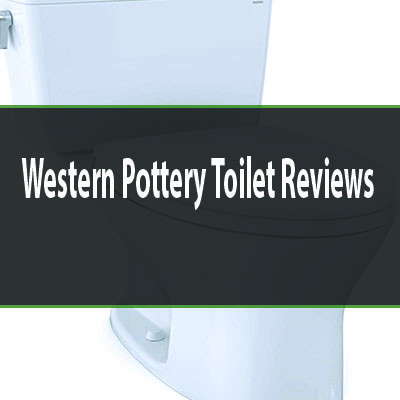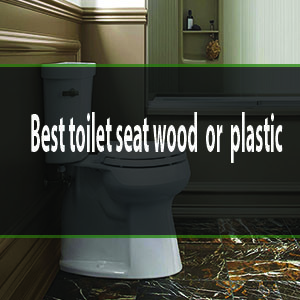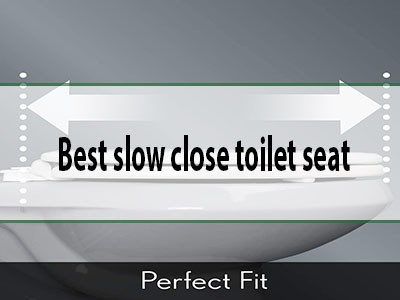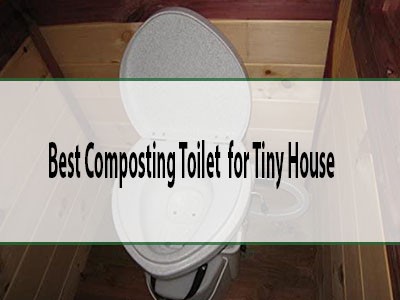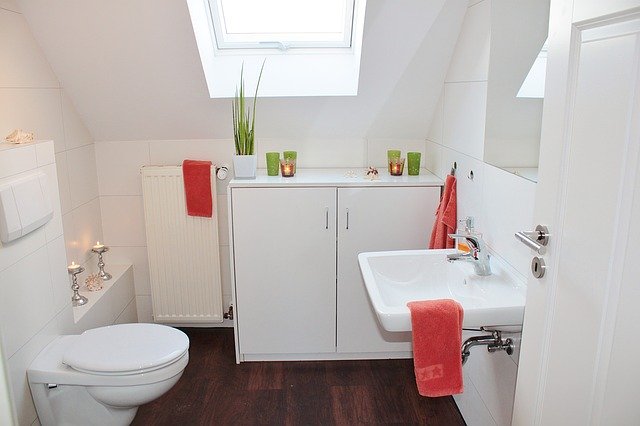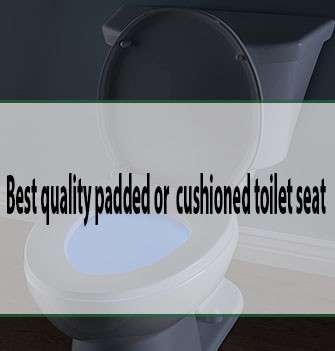Have you ever wondered how much water your toilet uses every time you flush? It might surprise you to learn that this humble household fixture could be quietly affecting your water bill and environmental footprint more than you think.
Understanding the water usage of your toilet is not just a savvy financial move—it’s a step towards more sustainable living. You’ll discover the surprising facts about toilet water usage, how it impacts your daily life, and simple strategies to make your bathroom more efficient.
Stay with us to unlock the secrets that could save you money and help the planet. Ready to dive in?
Table of Contents
Toilet Water Consumption
Toilets use a lot of water. A standard toilet uses about 1.6 gallons per flush. Older models can use up to 3.5 gallons. This is a lot of water for one flush. Imagine flushing ten times a day. That would be around 16 gallons of water.
Some toilets are more water-efficient. These are called low-flow toilets. They use less water. About 1.28 gallons per flush. This helps save water and money. Water-efficient toilets are better for the environment. They help in conserving water.
Choosing the right toilet can make a big difference. It can help save water. It can help save money too. Always check the water usage before buying. Look for toilets with a WaterSense label. They meet EPA standards for efficiency.

Credit: www.epa.gov
Factors Affecting Water Usage
Different toilets have different designs. Some are made to save water. Others use more water each flush. The shape of the bowl can change water use. A well-designed toilet uses less water. This helps save money on bills.
Flush mechanisms play a big role. Dual flush toilets have two buttons. One button uses less water. The other uses more. This helps people choose how much water to use. Single flush toilets use the same amount each time. They might waste more water.
Older toilets often use more water. Newer models are more efficient. Technology improves over time. New toilets use less water. This helps save the environment. It also saves money on the water bill.
Standard Water Usage
Toilets can use a lot of water. Old toilets often use about 3.5 to 5 gallons per flush. Modern toilets are better. They use only about 1.6 gallons per flush. This saves a lot of water. It also helps the environment.
Low-flow toilets are even better. They use even less water. Usually, around 1.28 gallons per flush. This means they save more water. Low-flow toilets help reduce water bills too. They are good for homes and businesses. Choosing the right toilet can make a big difference.

Credit: 19january2021snapshot.epa.gov
Innovations In Water Efficiency
Dual-flush toilets use less water. They have two buttons. One for liquid waste. The other for solid waste. Liquid waste uses less water. Solid waste uses more. This helps save water and money. Many homes use dual-flush systems. They are easy to install. They can reduce your water bill. They are a smart choice for the environment.
Pressure-assisted toilets use air pressure. This helps flush with less water. They are strong and reliable. These toilets are quiet too. They are perfect for homes with many people. They use less water but clean well. They can lower your water use. Pressure-assisted toilets are great for conserving water.
Environmental Impact
Toilets use a lot of water. Old toilets can use up to 7 gallons per flush. New toilets use less water. Some use only 1.6 gallons. This saves water. Saving water helps the Earth. It keeps rivers and lakes full. It also means less energy is used. Less energy means less pollution.
Using less water makes the world a better place. Freshwater is not endless. We need to save it. Toilets that use less water are a good choice. They help keep water safe for the future. This is important for everyone. Our children will need clean water too. Choosing the right toilet is smart. It helps the planet. It helps people too.
Cost Implications
Toilets use a lot of water each day. Older models use more. Newer toilets use less water. This saves money on water bills. Dual-flush toilets help too. They let you choose how much water to use. This means less waste. Over time, the savings add up.
Buying a water-efficient toilet can be a smart move. Initial costs may seem high. But you save money on bills. This makes it a good investment. Water-efficient toilets last a long time. They also add value to your home. So, spending now saves more later.
Choosing The Right Toilet
Water usage is important for toilets. Homeowners must think about it. Older toilets use more water. Newer models save water. Dual-flush toilets offer two options. One for liquid, another for solid waste. This saves water.
Cost is a big factor. Some toilets cost less but use more water. Others cost more but save on water bills. Balancing cost and efficiency is key.
Choosing the right toilet can save money. High-efficiency toilets use less water. They might cost more at first. But they save money over time. Less water means lower bills. Consider the long-term savings.
Check for rebates on water-saving toilets. Some areas offer these. It helps with the initial cost. Saving water helps the environment too. A good choice for everyone.

Credit: www.savingwater.org
Frequently Asked Questions
How Much Water Does A Toilet Use Per Flush?
Modern toilets typically use 1. 6 gallons per flush. Older models might use up to 7 gallons. High-efficiency toilets can use as little as 1. 28 gallons. Regular maintenance ensures optimal performance and water conservation. Consider upgrading to a WaterSense-certified toilet for better efficiency and savings.
Can I Reduce Toilet Water Usage?
Yes, you can reduce toilet water usage by installing a dual-flush system. It offers different flushing options for solid and liquid waste. Using water displacement devices like toilet dams or bags can also help. Regular maintenance prevents leaks, ensuring efficient water usage.
What Is A Dual-flush Toilet?
A dual-flush toilet allows users to choose between two flush options. One option uses less water for liquid waste. The other uses more water for solid waste. This design helps conserve water, making it an eco-friendly choice for households. It’s a popular choice for sustainable living.
Are Water-saving Toilets Worth The Investment?
Yes, water-saving toilets are worth the investment. They reduce water bills and environmental impact. High-efficiency models offer significant savings over time. WaterSense-certified toilets ensure optimal performance and conservation. Upgrading can lead to long-term benefits for both your wallet and the planet.
Conclusion
Toilets are essential, but they can use a lot of water. Older models use more water than modern ones. Upgrading to a low-flow toilet saves water. It also reduces your water bill. Simple changes make a big difference. Check for leaks regularly.
Fix them quickly to conserve water. Consider installing dual-flush toilets. They offer flexibility for different needs. Being mindful helps the environment and saves money. Every drop counts. Let’s make water conservation a priority in our homes. Small efforts lead to significant savings and benefits.
Stay aware, and make informed choices for a sustainable future.

